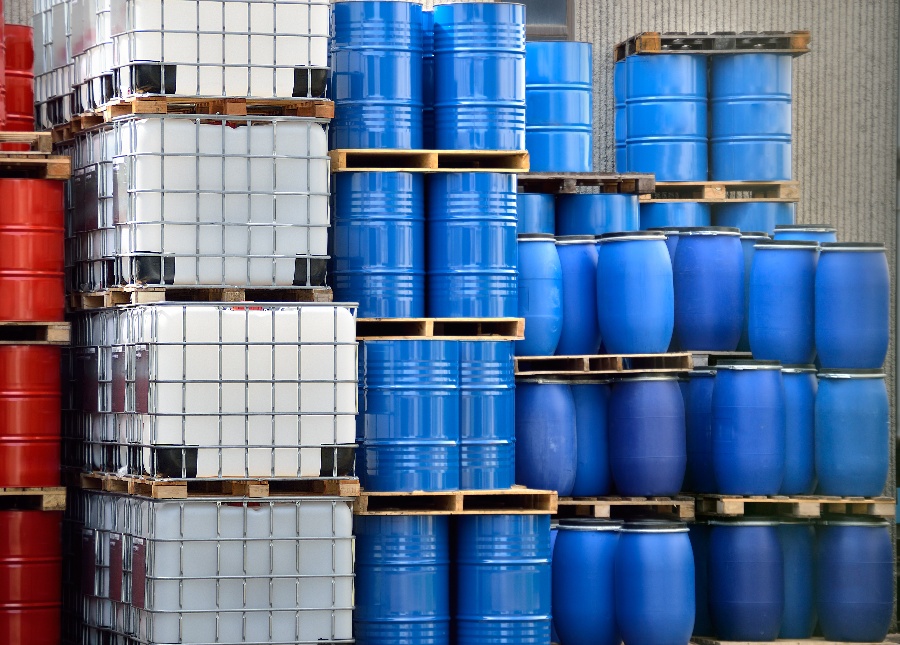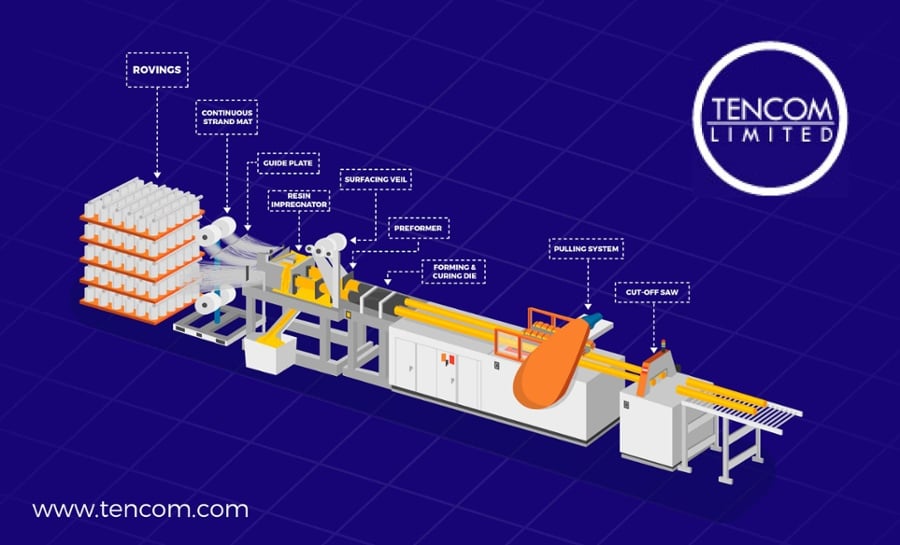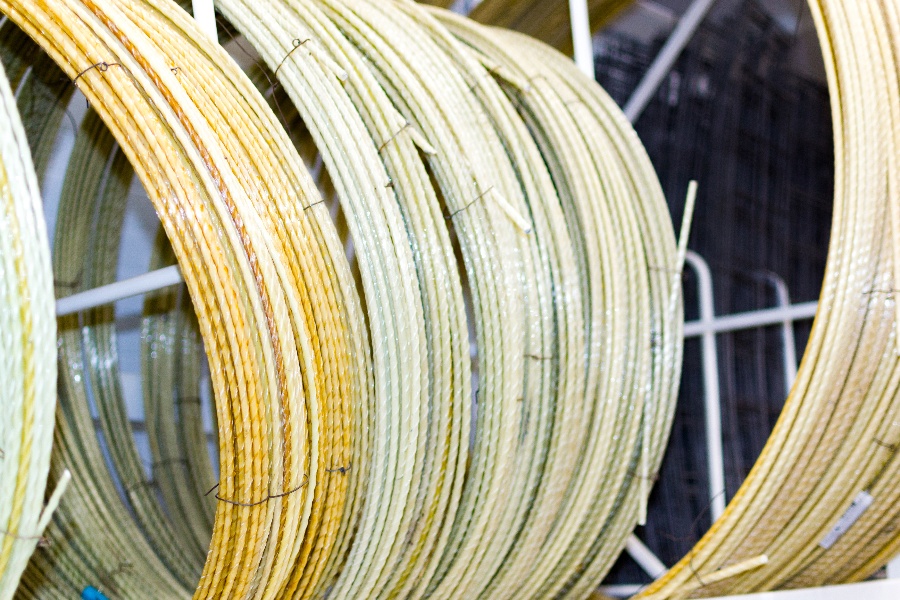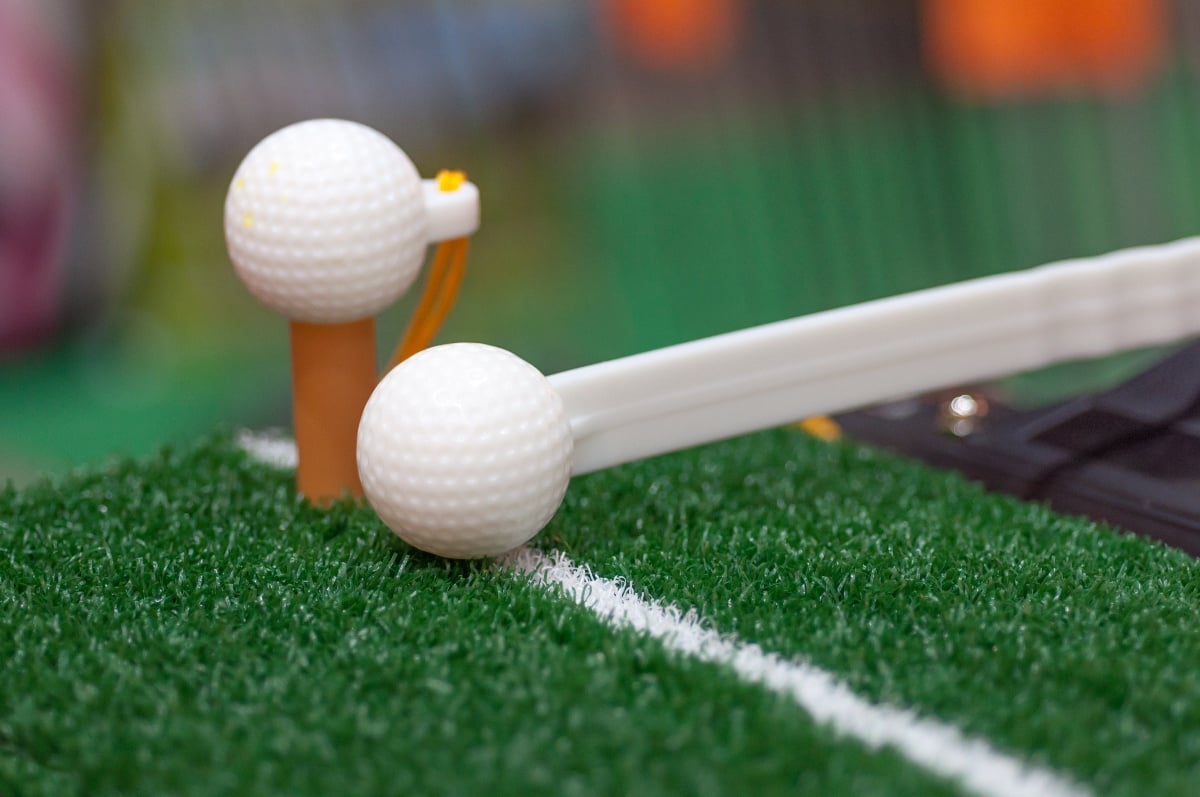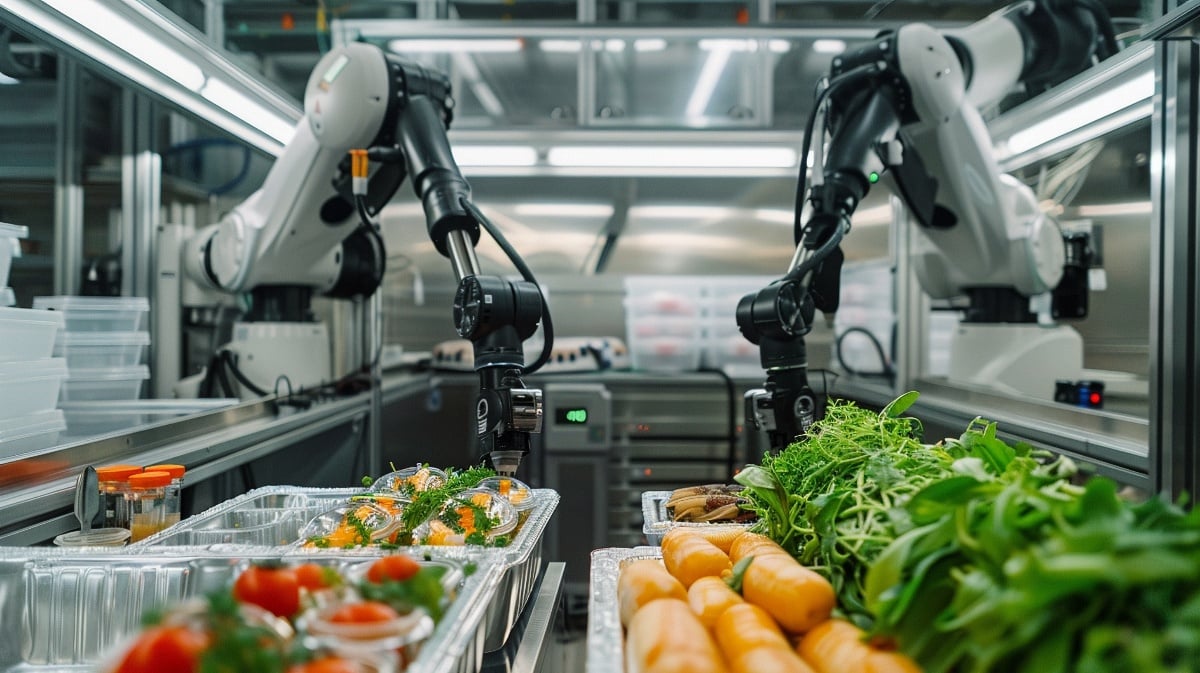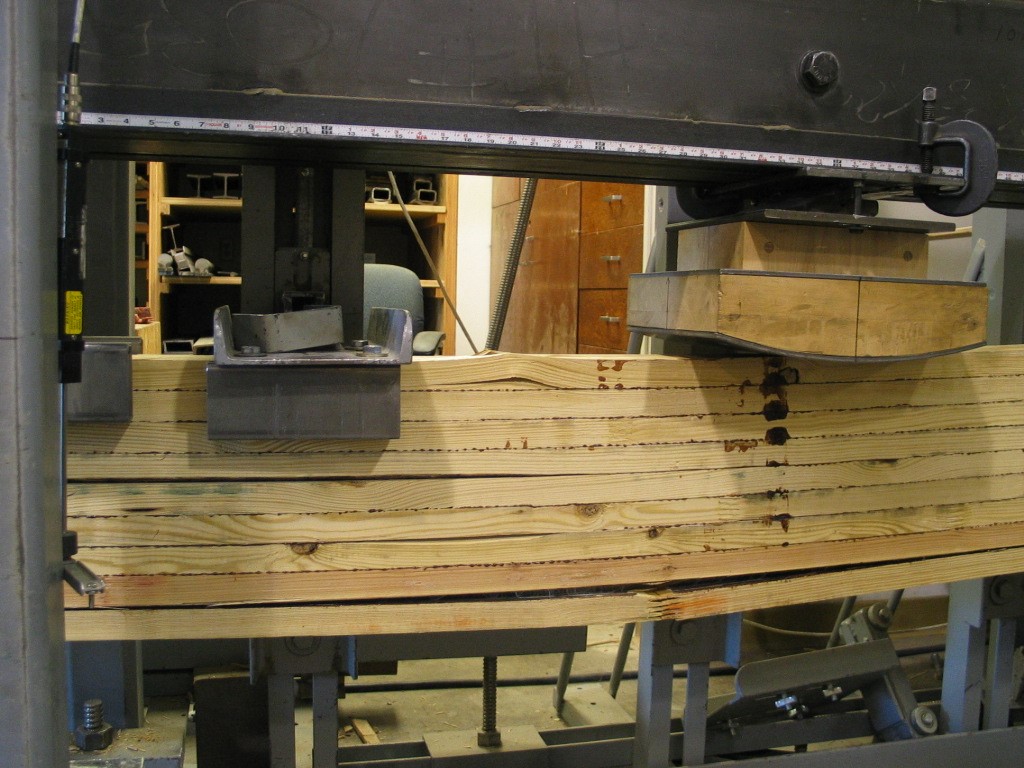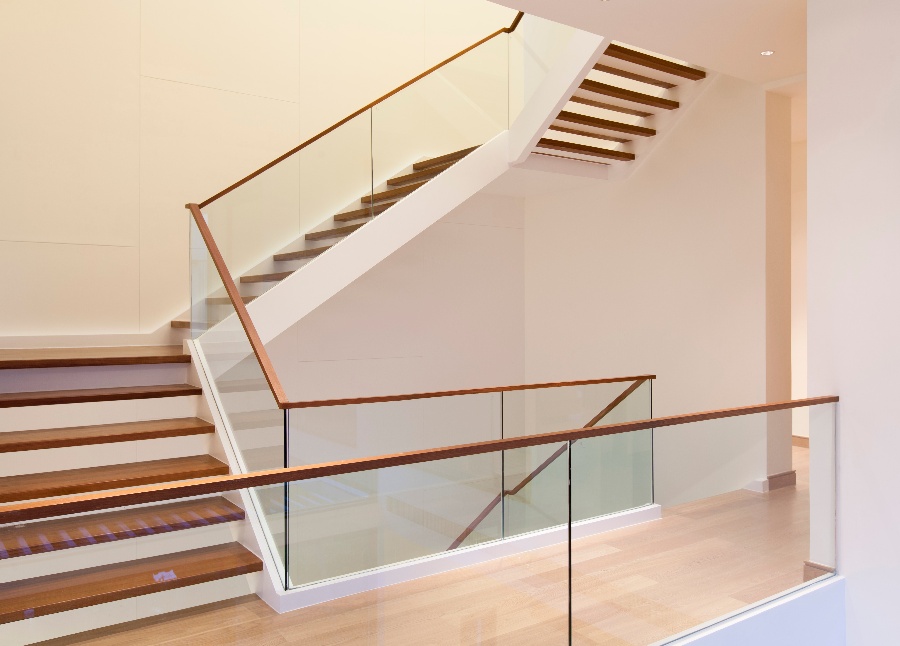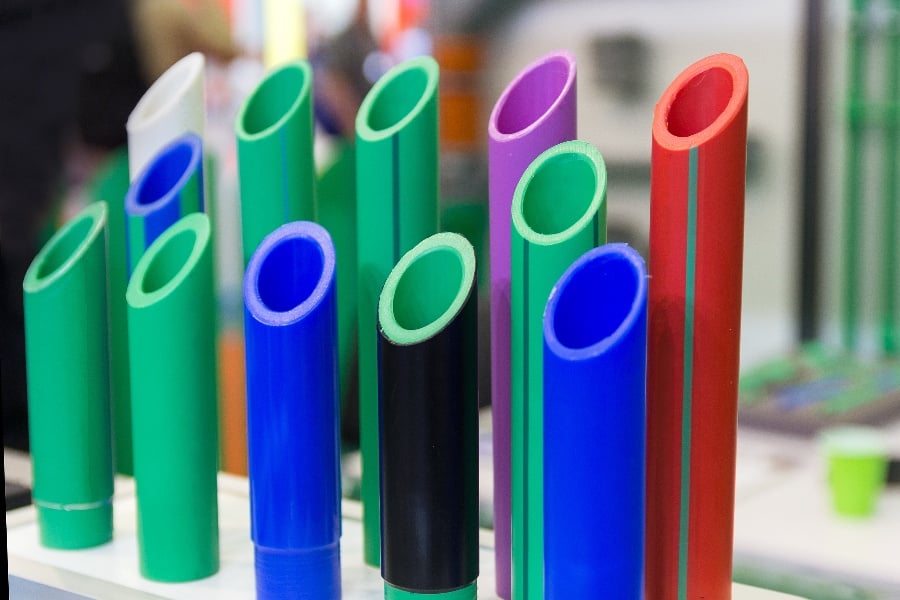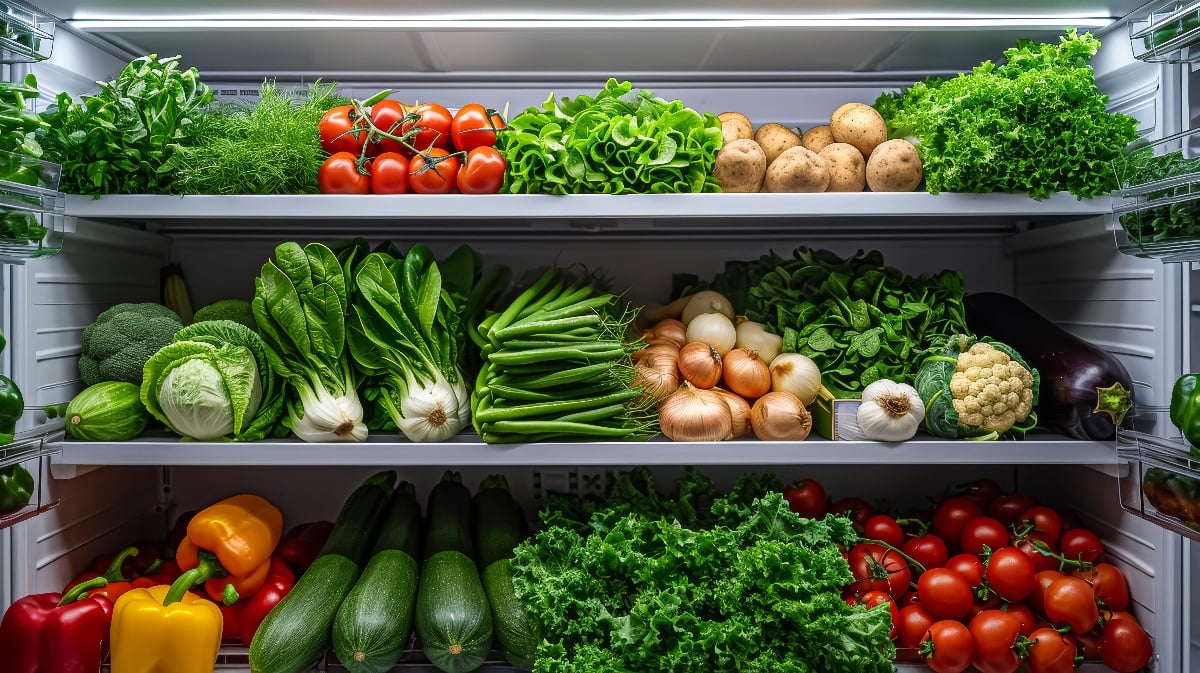
Fiberglass pultrusion manufacturers have always celebrated — and even pushed for — innovative new ways to improve their products. One of the most important areas where such innovations occur has to do with the resins used in the pultrusion process.
Historically, unsaturated polyesters (UPE) and vinyl esters (VE) made up the bulk of the resin used in the pultrusion industry.
Today, however, many manufacturers have begun working with another material: two-component polyurethane (PU).
While polyurethane resin offers some compelling benefits, many people outside of the pultrusion industry unfortunately still do not understand the appeal of this relatively new material.
This article takes a closer look at resin vs polyurethane, examining the benefits and drawbacks of this exciting new material.
Benefits of Polyurethane Pultrusions
The growth of polyurethane in the pultrusion industry has been driven by compelling research about its superior performance attributes.
Here are five of the most important benefits offered by PU systems.
Increased Strength
Polyurethane fiberglass pultrusions have been extensively tested against traditional resins in terms of tensile, compression, and flexural strength. In terms of compression strength, PU performed on par with other resin types.
However, PU showed marked advantages in terms of tensile and flexural strength, especially when measured against stresses applied in the important 90 degree direction.
For instance, polyurethane fiberglass pultrusions withstood 48.7 MPa of 90 degree tensile stress. Vinyl ester pultrusions, by contrast, only withstood 40.5 MPa of stress.
Unsaturated polyesters performed even more poorly, at 30.8 MPa of stress. The flexural strength of PU showed similar advantages.
Polyurethane also demonstrated an impressive improvement over other resins in terms of its apparent shear strength.
Shear strength measures pultrusion's ability to resist delaminating forces, whether as the result of drilling, nailing, or blunt impact.
Delamination negatively impacts the load carrying capacity of a composite, which is why shear strength is so important to long-term performance.
Excellent Strength-to-Weight Ratio
Polyurethane's well-documented strength advantages stem from a number of combined properties, including its fiber coupling efficiency and reduced incidence of resin phase defects.
Because PU pultrusions are so much stronger, manufacturers can safely reduce wall thickness — and hence composite weight. This puts PU well ahead of other resins in terms of strength-to-weight ratio.
Better Toughness
As important as strength is, it is far from the only indicator when projecting a material's long-term performance profile.
Just as important is the composite's toughness — that is, its ability to absorb stress without fracturing. In other words, toughness encompasses both a degree of pliability, and a material's damage tolerance.
Fiberglass pultrusion composites often face intense real-world applications. The toughness of polyurethane makes it better able to resist the kinds of impacts that composites are regularly exposed to.
That toughness also gives polyurethane distinct advantages in terms of:
- Reinforcement costs
- Long-term warrantee costs
- Customer satisfaction
- Scrap material reduction
Finally, polyurethane's improved toughness has beneficial effects on secondary operations such as component assembly.
Unlike other forms of fiberglass pultrusion, polyurethane does not need to be pre-drilled for screws and other fasteners. Instead, self-tapping screws can safely be used, often drastically cutting down on assembly times.
Greater UV Resistance
Fiberglass pultrusion products are often used for outdoor applications that entail long-term exposure to naturally occurring ultraviolet light rays.
Such UV light can cause problems for certain polymers, leading over time to marked reductions in strength. Polyurethane shows a much greater ability to resist UV damage than both UPE and VE.
One study subjected various types of fiberglass pultrusion to 1000 hours of ultraviolet light, then measured for changes in transverse strength.
VE experienced strength reductions between 25 and 40 percent, and UPE experienced reductions between 15 and 20 percent. PU, meanwhile, only lost 10 to 15 percent of its strength.
Challenges of Polyurethane Pultrusions
Despite its clear cut mechanical property benefits, polyurethane pultrusions do have certain drawbacks, especially from a manufacturer's perspective.
To a large extent, this fact simply reflects the relative newness of polyurethane pultrusions. As more manufacturers adopt PU processes, the perceived drawbacks should continue to recede.
Cost
One area where polyurethane presents a disadvantage is in terms of materials costs. Simply put, PU resin tends to be more expensive than UPE or VE resins.
To an extent, this increased cost is offset by the strength benefits of polyurethane, which means that fewer secondary reinforcements are needed.
Similarly, the inherent strength of polyurethane means that manufacturers can often reduce costs by using less expensive fiberglass — or by replacing costly glass mats with more affordable roving.
Nonetheless, consumers should understand that for the time being, PU pultrusions will likely carry a higher upfront cost than those made with traditional resins.
Equipment Compatibility
Polyurethane also presents certain challenges from a manufacturer's standpoint. Most standard pultrusion equipment will not work for PU unless certain modifications are made.
For instance, most traditional equipment uses open resin baths. PU pultrusions, by contrast, require the use of proprietary injection boxes.
These enclosed boxes meter and inject the two components of the polyurethane resin at a speed that matches the rate of consumption.
The injection box also maintains the necessary amount of pressure to guarantee adequate wet out.
Finally, injection boxes are designed to limit the possibility of dead spots — in other words, places where the combined PU resin might accommodate and cure.
Beyond these types of specialized equipment needs, however, the PU pultrusion process largely proceeds in a similar manner to other resins.
Line Speeds
PU pultrusion systems also present slight drawbacks in terms of line speed. Whereas many commercial processes require line speeds as great as 8 feet per minute, many polyurethane systems top out around 5 feet per minute.
Fortunately, those numbers reflect the technology being used during the earliest iterations of PU roll-out.
As time goes on, it only stands to reason that engineers will continue to refine the equipment and chemistry driving the PU pultrusion process.
Eventually, PU systems should be able to compete — if not surpass — the speeds of traditional resin pultrusion systems.
When it comes to the best material for particular fiberglass pultrusion, there is no one-size-fits-all formula. Instead, you should consult an experienced company about the best type of resin to meet your project needs.
For more information about resin vs polyurethane and other fiberglass pultrusion questions, contact the industry experts at Tencom Ltd.





